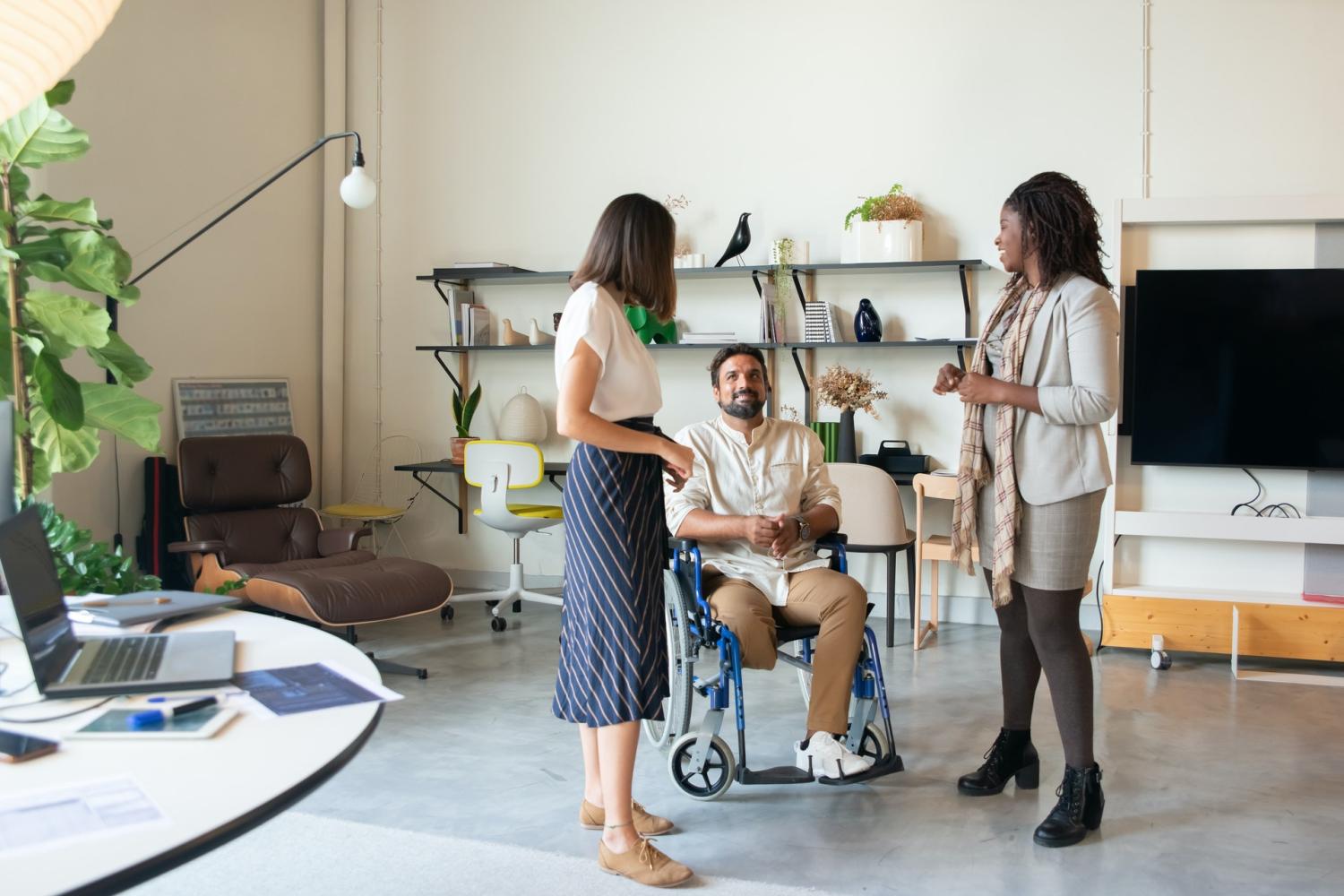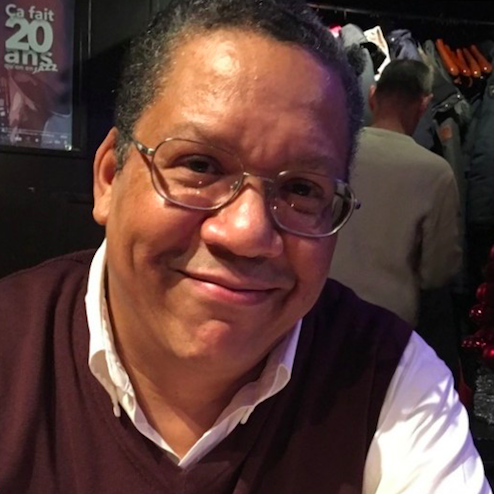
To invest in disability inclusion is to tap into underutilized resources that can benefit not only the people employed, but also a company’s bottom line, concludes a recent report from the Global Business Coalition for Education’s (GBC-Education) Disability Task Force.
Roughly 15 percent of the world’s population — 1 billion people — live with disabilities, according to the GBC-Education report. “They amount to the world’s largest minority group, but everywhere children and adults with disabilities face barriers that prevent their full and equal participation in education, employment and society,” the report reads.
The report cites a recent analysis indicating that companies led by executives focusing on disability engagement experienced almost three times the amount of sales growth and more than four times the profit growth compared with their competitors.
The 1 billion people living with disabilities globally have about $8 trillion in disposable income, and as a consumer group, persons with disabilities comprise the world’s third largest economic power, the report claims. Nevertheless, the business community has yet to entirely capitalize on this potential market with both the quantity and quality of more inclusive and accessible goods and services.
A common misconception about investing in disability inclusion is that its costs outweigh its benefits, said Danielle Brown, a two-time Paralympic gold medalist for Britain in archery and the first disabled person to compete in the Commonwealth Games.
“Disability does not mean lack of ability, and it doesn’t always mean great expense. Sometimes small changes can have a huge impact,” Brown told TriplePundit. “The insight that a disabled person can bring to a business, particularly when thinking about tapping into the disability market, can create huge returns and help shape strategies so they better reflect the communities they serve.”
The report goes well beyond citing the potential benefits of investing in disability inclusion by suggesting various strategies. The report’s authors also highlight dozens of examples of businesses that have been successful in promoting disability inclusion within their ranks as well as providing products and services for persons with disabilities.
Persons with disabilities represent a tremendous pool of untapped talent. Globally, persons with disabilities have lower employment rates than the general population. In July 2018, for example, only 29 percent of Americans of working age with disabilities were participating in the workforce, compared with 75 percent of Americans without a disability.
Vaibhav Adlakha, an investigations lawyer with the global law firm Reed Smith who was born with cerebral palsy, told 3p that the biggest challenge to disability inclusion is changing “mindsets and perceptions as well as perspectives.”
“There are always solutions that can be inexpensive and do not disrupt the status quo. At the same time, one should not be afraid to challenge [the status quo] either,” said Adlakha, one of several persons with disabilities who shared their stories in the report. “It is just about evaluating and taking a step back to take three steps forward and move ahead.”
Adlaka told 3p that one of the most common misconceptions about disability inclusion is that it takes a lot of work, involves high costs, and “disrupts the current system if an organization chooses to embrace diversity, equity and inclusion.”
“It is often an unknown path that people are afraid to embark on due to lack of knowledge and experience,” Adlaka said. “Especially, as there is no ‘one size that fits all’ when it comes to adaptations.”
The report also points out that of the 1 billion persons with disabilities globally, approximately 240 million are children. In low- and middle-income countries, some 50 percent of children with disabilities are not in school. Children with disabilities are confronted by a range of barriers to education, including inaccessible school facilities and materials, teachers who lack the training to support them, a lack of appropriate assistive technologies, and cultural factors that keep them “hidden” at home.
In many countries it is worse for girls with disabilities, as they are more likely than boys to face even more cultural barriers to education. Vibhu Sharma, a disability advocate who helped draft the GBC-Education report, has firsthand experience with these barriers. When Sharma began to lose her sight as a child, she did not get much support, sympathy or understanding at her school. One teacher even slapped her across the face because Sharma was unable to read from a book with small font.
Sharma told 3p that another “major misconception” about disability inclusion is that “inclusion of persons with disabilities happens just by bringing about accessibility, when in reality accessibility is just one part of being inclusive.”
“When you invest in accessibility, you invest in inclusion, and that is not the inclusion of just persons with disabilities, but rather the inclusion of everyone, irrespective of whether they have a disability,” Sharma said. “Inclusion has to be invested in because it yields higher benefits as it brings in more talent, fosters innovation and results in a better business performance.”
Image credit: Kampus Production via Pexels

Gary E. Frank is a writer with more than 30 years of experience encompassing journalism, marketing, media relations, speech writing, university communications and corporate communications.














